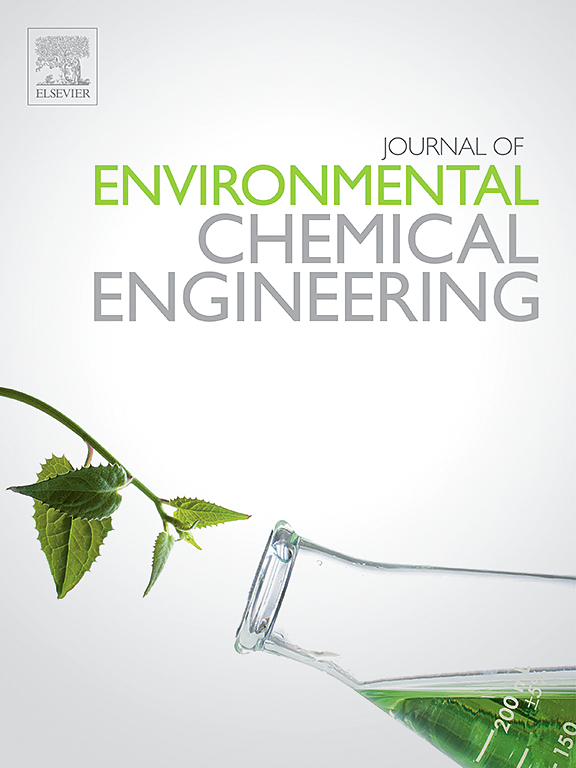镍基催化剂对钢铁腐蚀机理的影响概述
IF 7.4
2区 工程技术
Q1 ENGINEERING, CHEMICAL
引用次数: 0
摘要
随着世界工业的快速发展,钢铁腐蚀对环境资源和经济发展的不利影响不容小觑。氧腐蚀和氢进化腐蚀是钢铁中的两种重要反应。为了有效防止钢铁腐蚀,人们开发了许多催化材料。尤其是一些镍基材料,因其结构可控、性能优异、低碳环保等优点,能很好地增强钢材的耐腐蚀性能。本文首先概述了钢铁腐蚀的概念、基本反应机理和影响因素。然后,本文主要综述了各种镍基催化剂研究的最新进展。其中特别关注了这些催化剂的制备策略、催化特性和失活机理,以及用于提高性能的方法。最后,介绍了高活性和耐久性电催化剂目前面临的挑战和未来的发展方向。本文章由计算机程序翻译,如有差异,请以英文原文为准。
Overview of the impact of nickel-based catalyst on corrosion mechanism for steel
With the rapid development of world industry, the adverse impact of steel corrosion on environmental resources and economic development cannot be underestimated. Oxygen corrosion and hydrogen evolution corrosion are two important reactions in steel. To effectively prevent corrosion of steel, many catalytic materials have been developed. In particular, some nickel-based materials, because of their controllable structure, excellent performance, low carbon environmental protection and other advantages, can well enhance the corrosion resistance of steel. This paper first summarizes the concept, basic reaction mechanisms, and influencing factors of steel corrosion. Then, this paper mainly reviews the latest progress in the research of various nickel-based catalysts. Particular attention is paid to the preparation strategies, catalytic properties and deactivation mechanisms of these catalysts, as well as the methods used to improve performance. Finally, the current challenges and future development directions of high activity and durability electrocatalysts are presented.
求助全文
通过发布文献求助,成功后即可免费获取论文全文。
去求助
来源期刊

Journal of Environmental Chemical Engineering
Environmental Science-Pollution
CiteScore
11.40
自引率
6.50%
发文量
2017
审稿时长
27 days
期刊介绍:
The Journal of Environmental Chemical Engineering (JECE) serves as a platform for the dissemination of original and innovative research focusing on the advancement of environmentally-friendly, sustainable technologies. JECE emphasizes the transition towards a carbon-neutral circular economy and a self-sufficient bio-based economy. Topics covered include soil, water, wastewater, and air decontamination; pollution monitoring, prevention, and control; advanced analytics, sensors, impact and risk assessment methodologies in environmental chemical engineering; resource recovery (water, nutrients, materials, energy); industrial ecology; valorization of waste streams; waste management (including e-waste); climate-water-energy-food nexus; novel materials for environmental, chemical, and energy applications; sustainability and environmental safety; water digitalization, water data science, and machine learning; process integration and intensification; recent developments in green chemistry for synthesis, catalysis, and energy; and original research on contaminants of emerging concern, persistent chemicals, and priority substances, including microplastics, nanoplastics, nanomaterials, micropollutants, antimicrobial resistance genes, and emerging pathogens (viruses, bacteria, parasites) of environmental significance.
 求助内容:
求助内容: 应助结果提醒方式:
应助结果提醒方式:


